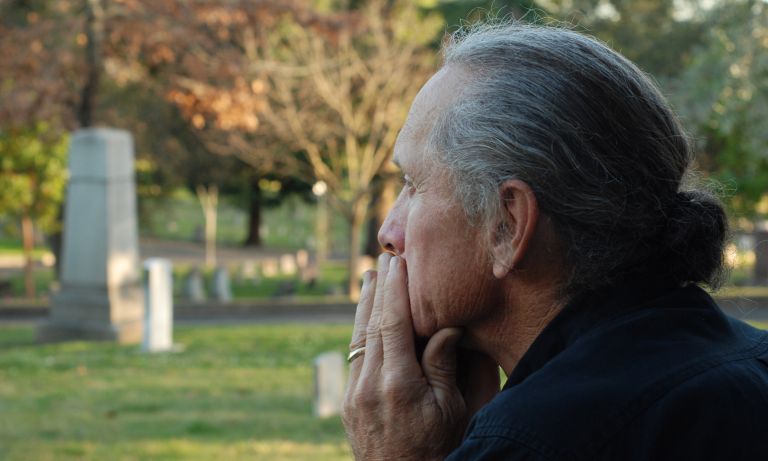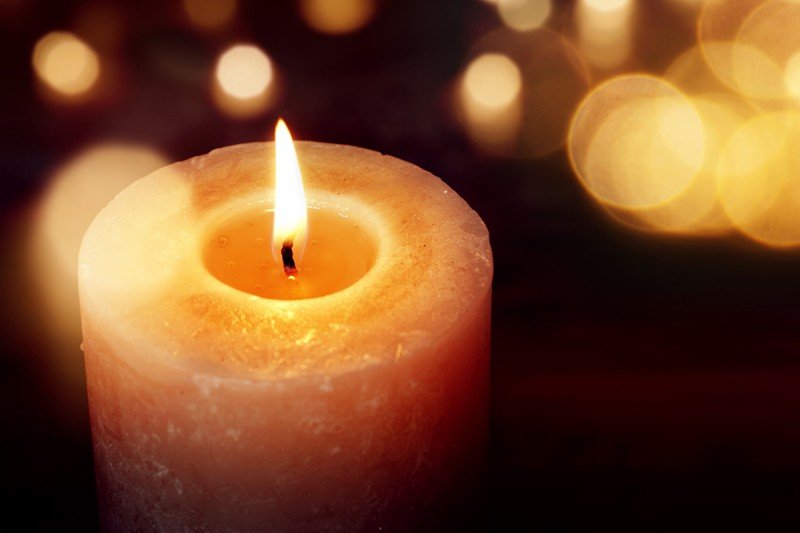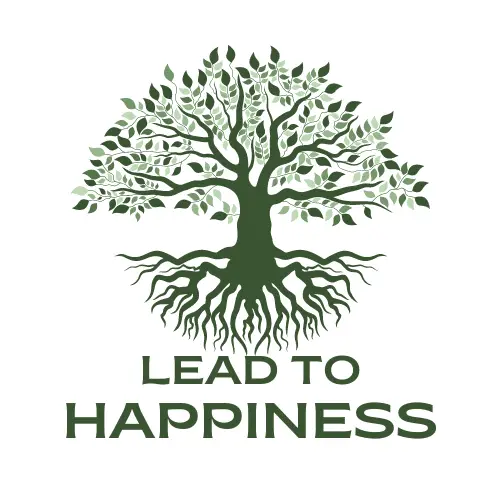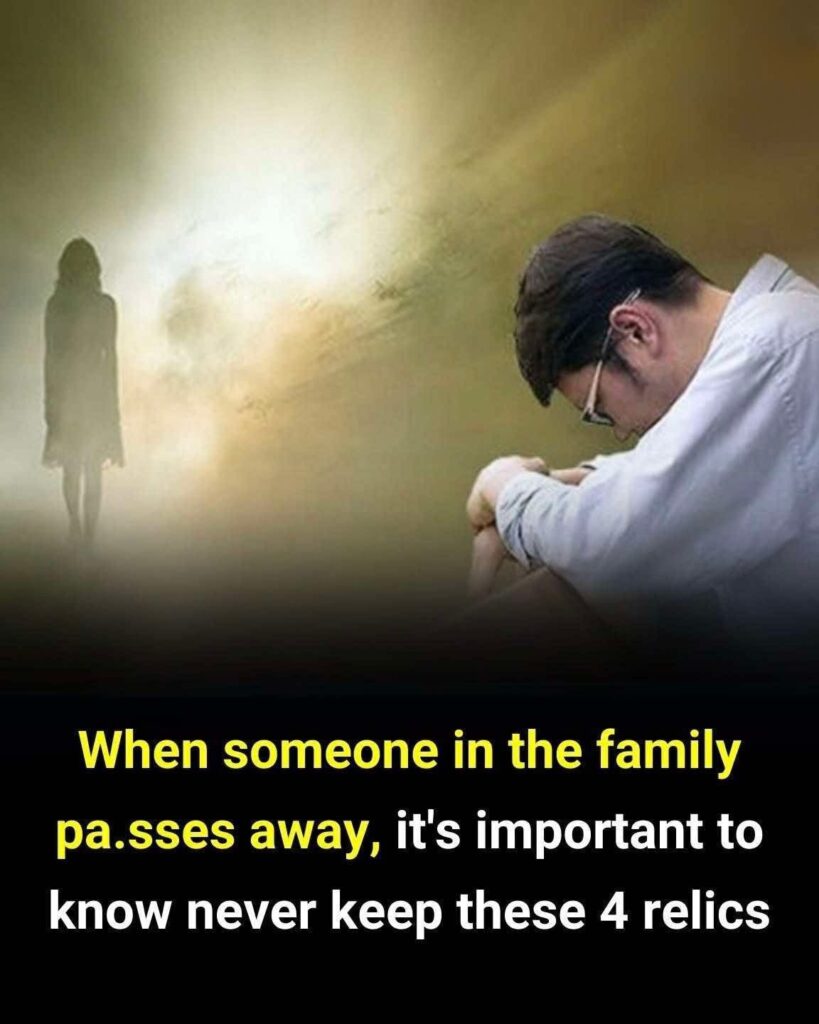Losing a loved one is one of life’s hardest moments. Sadly, with the loss comes weight of grief that can be overwhelming…Navigating Grief’s Labyrinth: When Letting Go of Relics Paves the Path to Healing
The profound sorrow that washes over us with the loss of a loved one can be an all-consuming force, leaving us yearning for any tangible connection to their memory. In our human desire to hold on, we often cling to the relics they leave behind. Yet, experts and those who have walked the path of grief remind us: not every cherished belonging serves as comfort. Some, ironically, can silently anchor us to our pain, hindering the essential process of healing.
It’s a delicate balance, this dance between remembrance and release. While a single, treasured item can be a beautiful touchstone to a life well-lived, the indiscriminate hoarding of possessions can inadvertently become a heavy burden, compounding psychological distress and keeping the wound of loss painfully fresh. The familiar scent on a folded sweater, the notes scribbled in a beloved book, or a favorite mug – these innocent objects can, in their very familiarity, prevent us from fully accepting the stark reality of absence.

To truly honor the memory of those we’ve lost is not to cling to every single fragment of their earthly presence, but to allow space for our hearts to mend and for new beginnings to emerge. It’s about recognizing that the most precious gifts from our loved ones are the indelible moments and the enduring love we carry within us, not the material objects they left behind.
Here are four types of relics that, according to insights from grief experts and personal experiences, you might consider gently releasing, not to forget, but to make vital room for healing:

1. Reminders of Painful Moments: The Echoes of Struggle
Grief is a complex tapestry of emotions, and not all memories are bathed in warmth. Possessions that evoke the difficult final chapters of a loved one’s life – empty pill bottles, medical equipment, a blanket used during sleepless nights, or even a walker – can become potent symbols of suffering. Keeping these items prominently displayed can inadvertently trap you in the painful echoes of their illness or decline. Releasing them from your immediate environment can be a profound act of self-compassion, allowing you to focus on the full, vibrant life they lived, rather than solely on their struggles.
2. Unfinished Projects: The Lingering “What Ifs”
The abandoned endeavors of a loved one – a half-knitted scarf, an incomplete manuscript, a garden project left untended – can be particularly poignant. They whisper of “what could have been” and “if only they were still here,” trapping us in a cycle of wistful longing and unfulfilled dreams. Holding onto these tangible manifestations of uncompleted futures can weigh heavily on the spirit. Instead of letting them burden you, consider a loving act of completion. Perhaps a friend or family member could finish the project, giving it new purpose and transforming a symbol of loss into a testament to collaboration and continued legacy.

3. Clothing: The Scent of Unfinished Goodbyes
Few things are as intimately connected to a person as their clothes. The familiar scent, the way they draped, the stories they silently tell – these can be immensely comforting. However, this very comfort can become a barrier to processing grief. Keeping an entire wardrobe can hinder the crucial step of accepting the permanence of their physical absence. It can feel like holding onto a phantom limb, preventing the heart from fully acknowledging and adapting to the new reality. While keeping a single, cherished item – perhaps a scarf or a tie – can offer solace, the act of lovingly donating or distributing the majority of their clothing can be a powerful step towards releasing the grip of denial and embracing the path forward.
4. Excessive “Favorite Items”: The Weight of Hoarding
It’s natural to want to safeguard your loved one’s most cherished possessions. A favorite book, a special piece of jewelry, a beloved collection – these can hold profound sentimental value. But a fine line exists between cherishing a few meaningful items and unknowingly engaging in a form of grief hoarding. When every “favorite” item becomes an imperative to keep, the sheer volume can become overwhelming, transforming comfort into clutter and remembrance into psychological distress. The space these items occupy, both physically and emotionally, can prevent you from reorganizing your life and truly moving through your grief. Allow yourself to select a very limited number of truly significant items, those that genuinely “spark joy” in the KonMari sense, and gently let go of the rest.

In the arduous journey of grief, understanding when to release material possessions is not an act of forgetting, but an act of profound self-care. It’s about recognizing that the essence of our loved ones resides not in their belongings, but in the love, lessons, and memories woven into the very fabric of our being. By making space, we allow healing to breathe, and the enduring love we carry to truly shine.


